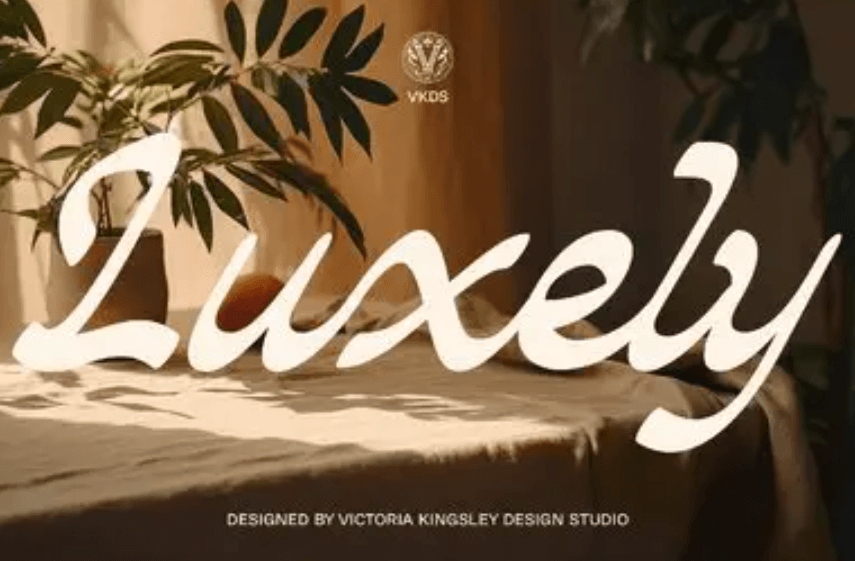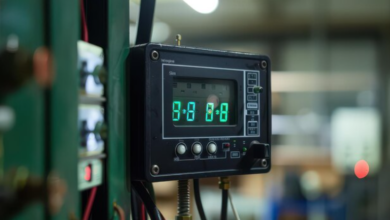
The Humanist Influence in Grotesque Type Design
One of the most fascinating relationships in type design is the subtle yet significant impact of humanist principles on grotesque sans-serif fonts. While grotesque typefaces are traditionally seen as rigid and utilitarian, many have evolved to adopt the warmth and readability characteristic of humanist design. This fusion creates fonts that are not only functional but also expressive—bridging the gap between modernity and tradition.
Understanding Grotesque and Humanist Typographies
Grotesque typefaces emerged in the 19th century during the Industrial Revolution. They were the earliest sans-serif fonts—mechanical, structured, and often monolinear in appearance. Designed primarily for display use in advertising and signage, their stark simplicity marked a departure from ornate serif styles. Grotesques like Akzidenz-Grotesk and Franklin Gothic exemplified the no-nonsense, modern aesthetic that dominated industrial typography.
Humanist typefaces, on the other hand, are rooted in the calligraphic traditions of the Renaissance. These fonts—often with visible stroke contrast, open apertures, and organic shapes—echo the forms found in human handwriting and classical Roman proportions. Their emphasis on legibility and human warmth makes them especially popular for body text in print and digital media.
See also: Advanced Techniques in Bookkeeping 18774014903
The Convergence: A New Kind of Grotesque
While grotesque and humanist styles may seem opposed—mechanical vs. organic—the evolution of graphic design demanded a balance. As typefaces were increasingly used in diverse contexts, from corporate branding to user interfaces, designers sought the clean lines of grotesques with the readability and warmth of humanist forms. This blending gave rise to humanist grotesques—typefaces that maintain the structural integrity of grotesques but incorporate features like:
- Slight stroke contrast
- Larger x-heights
- Open apertures
- Diagonal or calligraphic terminals
These subtle humanist traits make grotesque fonts more accessible and user-friendly without losing their modern appeal.
TypeType’s Take on the Trend
Modern type foundries like TypeType are prime examples of this convergence. Their grotesque fonts often integrate humanist characteristics to meet the demands of today’s designers. For instance:
TT Norms® Pro: Although a geometric grotesque at its core, it displays humanist-like legibility, making it popular in both branding and interface design.
TT Commons™ Pro: With its 104 font styles, it blends clean geometry with a slightly softened appearance, showing how grotesque forms can be friendly and functional.
TT Hoves Pro: A refined grotesque that balances precision with warmth—perfect for UI/UX where clarity and personality are essential.
These fonts reflect a deep understanding of how the humanist approach improves usability without diluting the modern, versatile nature of grotesque designs.
The Human Touch in Digital Typography
The influence of humanism in grotesque fonts isn’t just aesthetic—it’s also practical. In digital environments where text must be scannable, readable, and emotionally appropriate, purely geometric or grotesque fonts may feel too cold or rigid. Humanist grotesques add a touch of humanity that enhances communication, especially in branding, education, and healthcare sectors.
Brands now prioritize emotional resonance alongside visual clarity. Fonts like TT Commons™ Pro and TT Norms® Pro answer this need by being modern and clean, yet subtly infused with the humanist warmth that connects with audiences.
Conclusion
The humanist influence in grotesque fonts type design marks a pivotal shift in how we view sans-serif fonts. No longer just the tools of mechanical precision, grotesques have evolved to embrace the softness, readability, and personality once exclusive to humanist styles. This synthesis of tradition and innovation is evident in modern font collections like those from TypeType, proving that great typography is not just about form or function—but the harmonious blend of both.




